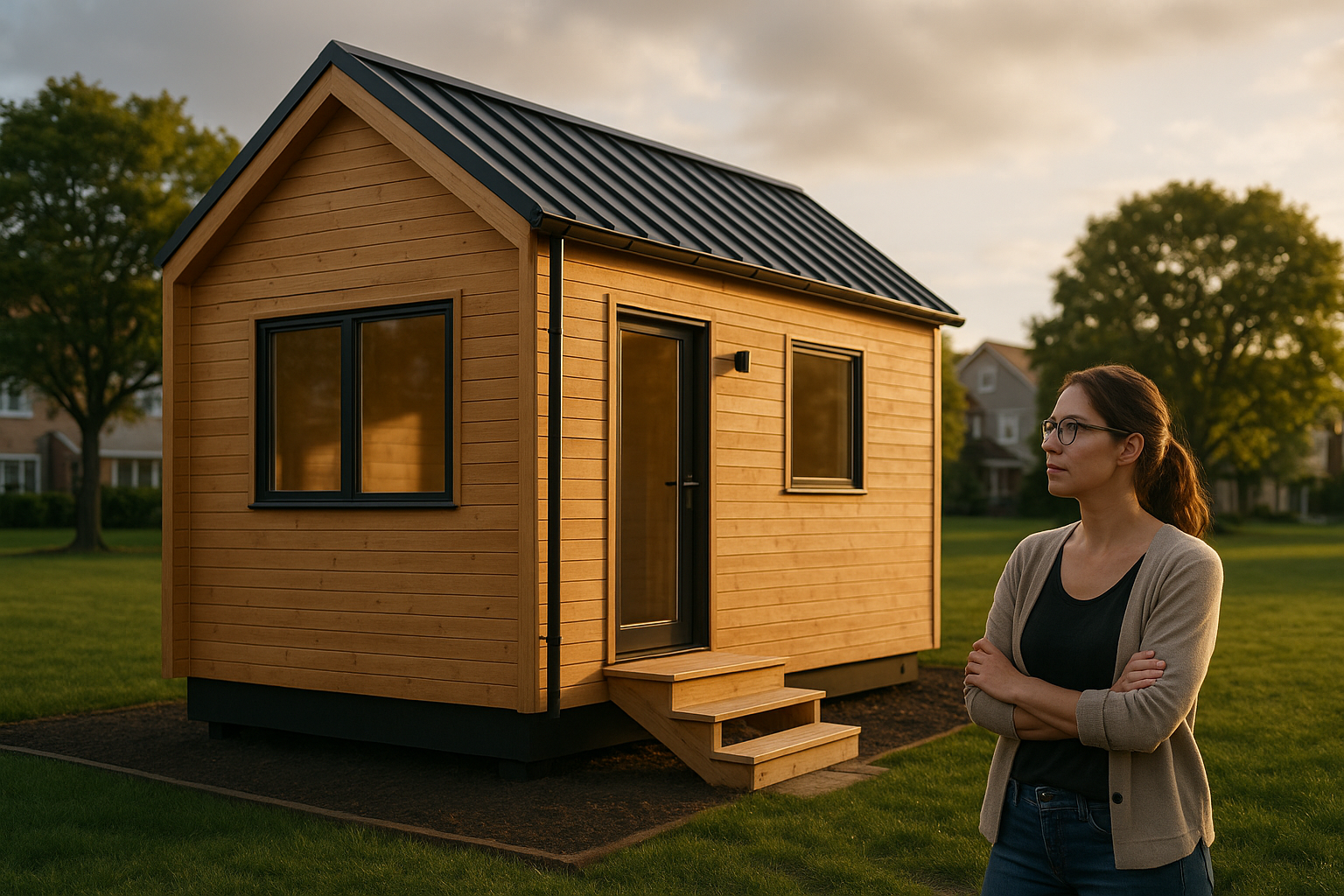Rethinking Traditional Real Estate: The Emergence of Tiny Houses
For decades, the mantra of ‘bigger is better’ has dominated the real estate market. Now, a new trend challenges this ethos—welcome to the world of Tiny Houses. This article delves into the roots of this movement, its current market trends, and the implications for buyers, sellers, and investors.

Historical Roots of the Tiny House Movement
The Tiny House movement began as a response to escalating property prices and the desire for a more sustainable lifestyle. Over the last two decades, it has evolved into a significant trend, redefining the concept of home ownership. The pioneers of this movement sought to break free from the traditional notion of success tied to large homes and aimed to live within their means while reducing their ecological footprint.
Current Market Trends and Financial Insights
Today, the Tiny House movement is growing rapidly, particularly among millennials and retirees seeking financial freedom and a simpler lifestyle. According to the Tiny House Society, almost 70% of tiny house owners are mortgage-free, compared to just 29% of all homeowners. In some markets, the demand for tiny houses outpaces supply, indicating a potential investment opportunity.
Advantages and Challenges of Tiny Houses
The benefits of tiny houses are manifold. They offer affordability, flexibility, and a minimalist lifestyle. Tiny houses cost significantly less than traditional homes, allowing owners to live debt-free. They also have lower utility costs, and their small size promotes a more sustainable lifestyle.
However, the tiny house movement is not without challenges. Zoning laws and building codes, designed for traditional homes, often pose significant barriers. Many municipalities have strict rules regarding minimum house size and the placement of tiny houses. For potential tiny house owners, these regulatory hurdles can be a significant deterrent.
Impact on Buyers, Sellers, and Investors
The rise of tiny houses presents new opportunities and challenges for all players in the real estate market. For buyers, tiny houses offer an affordable entry point into home ownership. For sellers and developers, the trend toward smaller living spaces signals a shift in consumer preferences that they must cater to.
For investors, the tiny house movement presents both risks and rewards. The trend’s growth could lead to lucrative investment opportunities. However, the movement’s countercultural nature and regulatory hurdles make it a volatile and uncertain investment.
The Future of Tiny Houses
The Tiny House movement is more than a trend—it’s a paradigm shift in real estate. Its growth challenges traditional notions of success and housing, pushing the market towards more sustainable and affordable options. While the movement faces significant challenges, its continued growth suggests that tiny houses are here to stay. For buyers, sellers, and investors, understanding this movement will be crucial to navigating the evolving real estate landscape.




